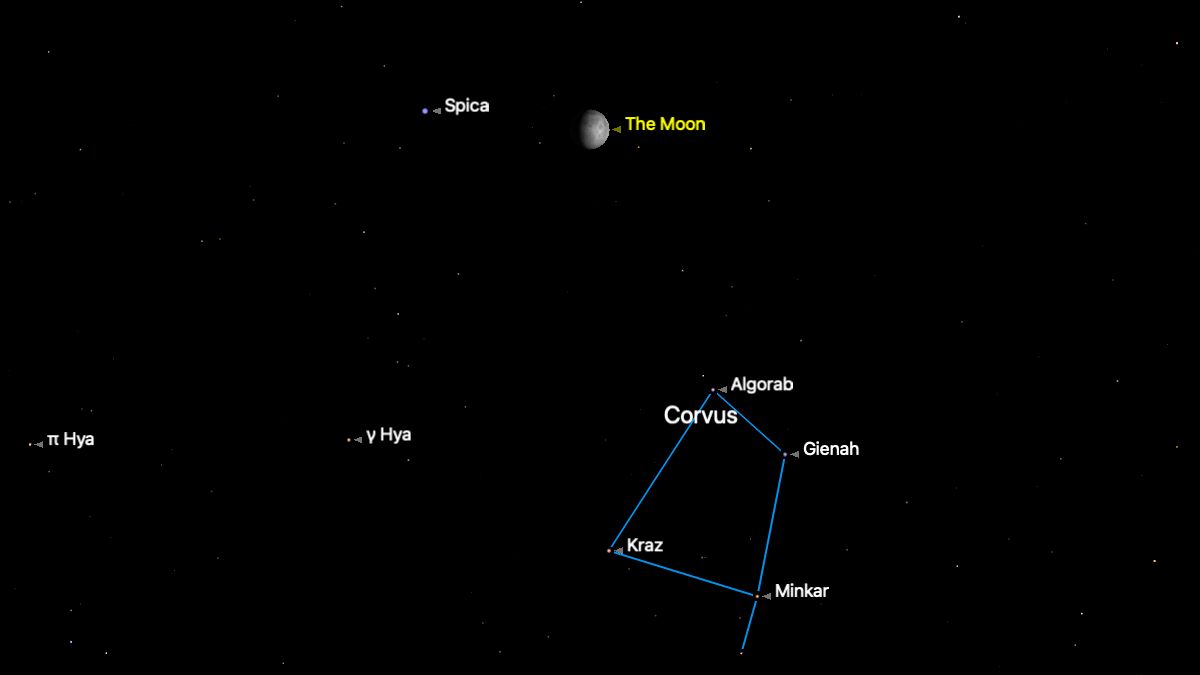No, an Asteroid Won't Hit Earth on Sept. 9 and Here's Why
That's one less asteroid for Earth to worry about.

A potentially hazardous asteroid that had a small chance of smashing into Earth this September isn't heading for our planet after all.
Astronomers ruled out the asteroid's chance of impact with Earth after they were not able to spot it within the area of its predicted collision course, making it the first time an asteroid impact was ruled out based on "non-detection."
The asteroid, named 2006 QV89, was discovered on Aug. 29, 2006 by the Catalina Sky Survey near Tucson, Arizona. It measures between 70 to 160 feet (20 to 50 meters) in diameter, or somewhere between the length of a bowling alley and the width of a football field. Observations suggested that it had a one-in-7,000 chance of impacting Earth on Sept. 9, 2019.
Related: Potentially Dangerous Asteroids (Images)
After its discovery in 2016, the asteroid was observed for 10 days before disappearing from the astronomers' sight, according to a statement by the European Southern Observatory (ESO). As the date for the potential collision approached, astronomers could only predict the location of the asteroid with very low accuracy, which made it difficult to locate with a telescope.
In order to confirm whether or not the asteroid was still headed for collision with Earth, astronomers at the European Space Agency (ESA) and ESO took a different approach. Rather than trying to observe the asteroid itself, astronomers observed where it should have been if it were, in fact, heading toward Earth.
Using ESO's Very Large Telescope (VLT), they captured deep images of the area where it would have been if it were on track to collide with our planet, ESO officials said in the statement. Following observations of the area on July 4-5, astronomers could not find the asteroid and therefore concluded that it would not be impacting Earth.
Get the Space.com Newsletter
Breaking space news, the latest updates on rocket launches, skywatching events and more!
Even if the asteroid is smaller than initially believed, it would have been spotted by the telescope, ESO said in the statement. And if it were any smaller than that — too small for the telescope to detect — it would pose no threat to Earth, as it would burn up in the planet's atmosphere.
- Astronomers Spotted a Car-Size Asteroid Just Hours Before Impact
- New Look at 111-Year-Old Asteroid Hit Provides Clues to Future Impacts
- How Earth Life Could Come Back from a Sterilizing Asteroid Impact
Follow Passant Rabie on Twitter @passantrabie. Follow us on Twitter @Spacedotcom and on Facebook.
Join our Space Forums to keep talking space on the latest missions, night sky and more! And if you have a news tip, correction or comment, let us know at: community@space.com.

Passant Rabie is an award-winning journalist from Cairo, Egypt. Rabie moved to New York to pursue a master's degree in science journalism at New York University. She developed a strong passion for all things space, and guiding readers through the mysteries of the local universe. Rabie covers ongoing missions to distant planets and beyond, and breaks down recent discoveries in the world of astrophysics and the latest in ongoing space news. Prior to moving to New York, she spent years writing for independent media outlets across the Middle East and aims to produce accurate coverage of science stories within a regional context.
